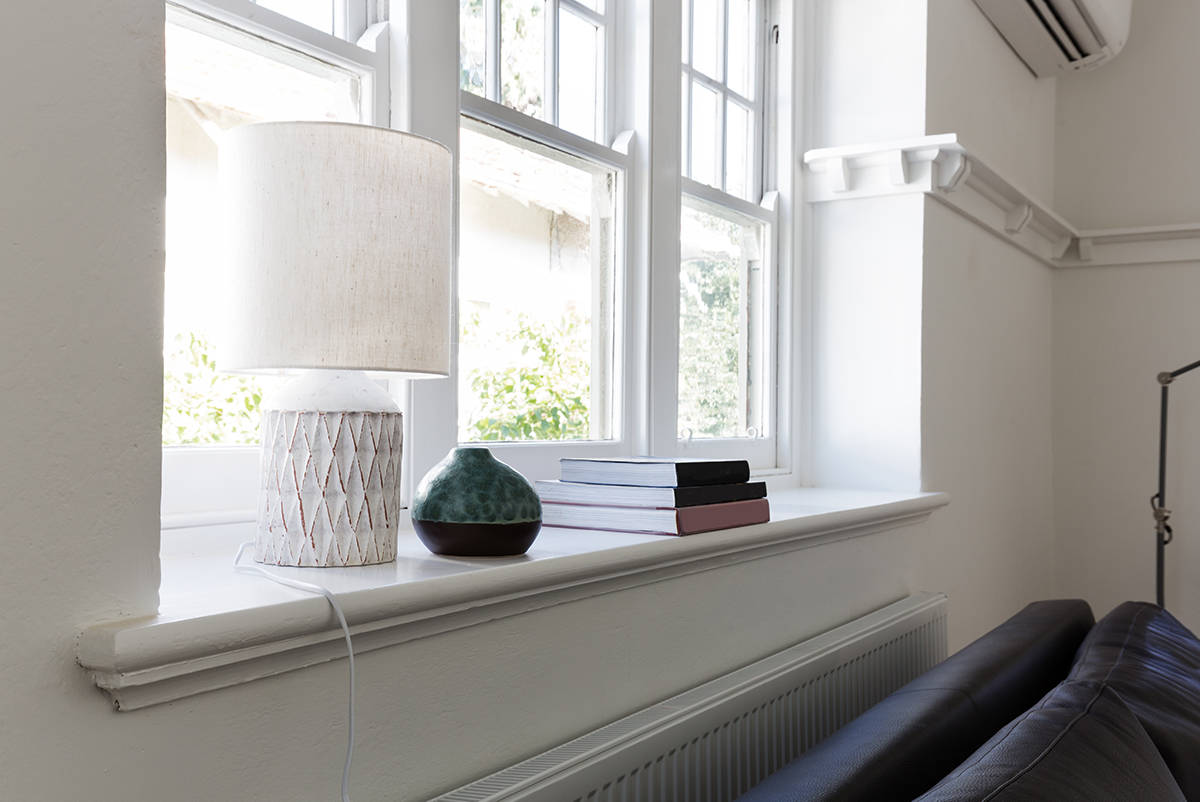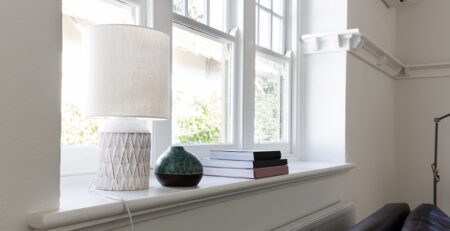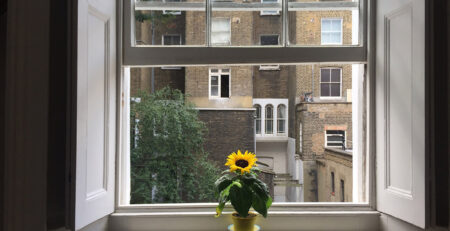How Do Sash Windows Work?
Sash windows do not open on a hinge. A traditional ‘sliding sash’ window is usually made up of two sashes that slide up and down (or side to side), one in front and one behind, in vertical grooves, counterbalanced by lead weights on cords.
Each sash window consists of two window frames (sashes) which are suspended by a cord. The cord passes through each window frame following a pull system which is connected to a heavy counterforce of steel, cast-iron or lead which is concealed within a hollow box frame allowing the frame to open and close.
Benefits of Sash Windows
Sash windows are a great option for homeowners who are looking for stylish, energy efficient window fittings.
- Sash windows allow you to add that desired look of period homes which can add value to your property.
- Installing sash windows will allow you to make the most of modern technology with:
- increased window security.
- reduced noise and air pollution.
- improved energy efficiency.
- reduced heating bills.
Double Glazed Sash Windows
Double glazed sash windows are like traditional sash windows, however they have the added benefit of double glazing which is made up of two panes of glass compared to a traditional sash window that only has one. Double glazing has multiple benefits such as:
- Fewer draughts
- Lower heating bills
- Increased thermal efficiency
- Less condensation on the inside of the window
- Increased security
Types of Sash Windows
There are three styles of sash windows that are available to choose from:
- Georgian: six over six panes
- Victorian: two over two grid design
- Edwardian: six over two pane design
Types of Frame Materials
Sash windows were traditionally made from wood but today, the opinions has widened to a variety of materials such as:
- uPVC – low maintenance, energy efficient and the cheapest option.
- Aluminium – more expensive but the strongest and best for security and durability.
- Composite – wood on the inside and clad with aluminium on the inside and are weather resistant.
- Timber – very durable and good insulators.




Leave a Reply